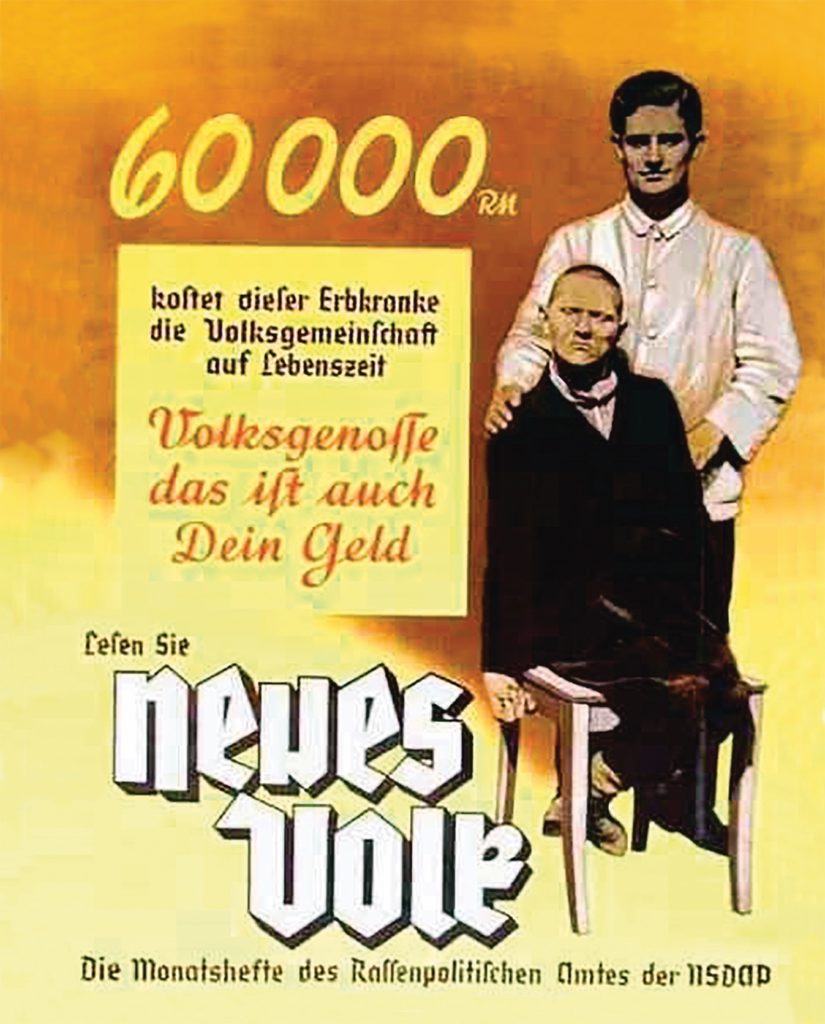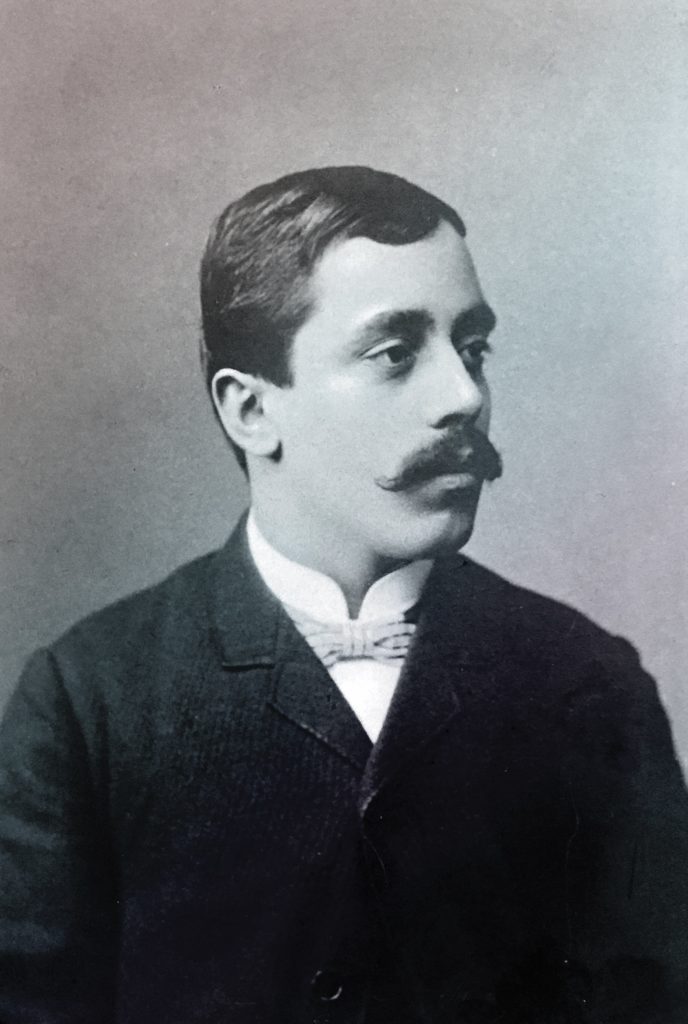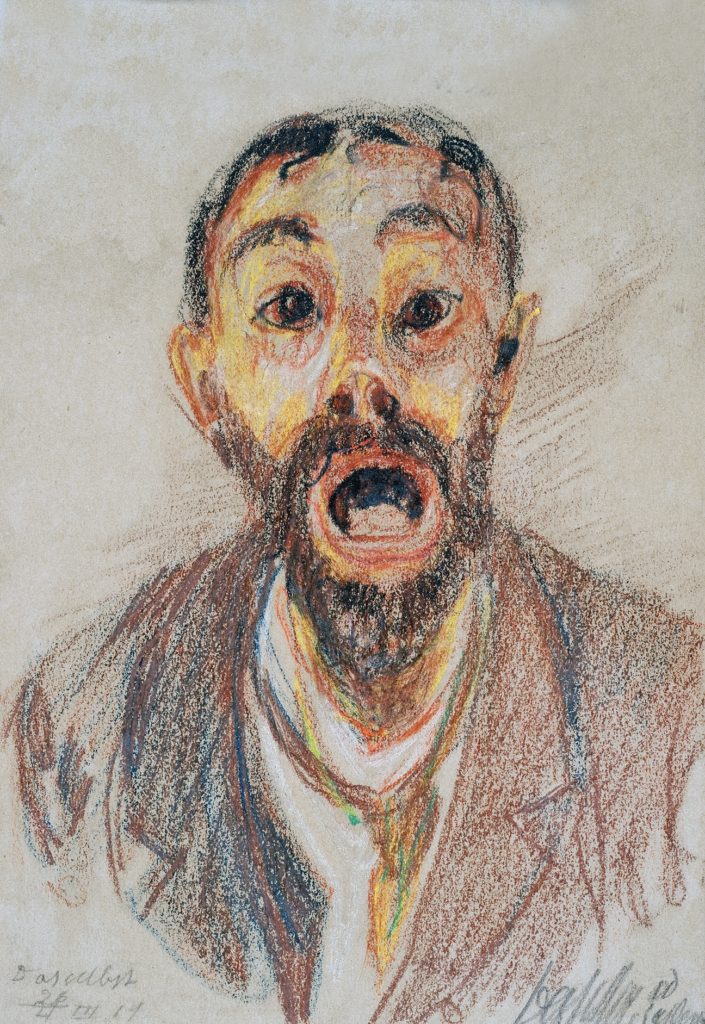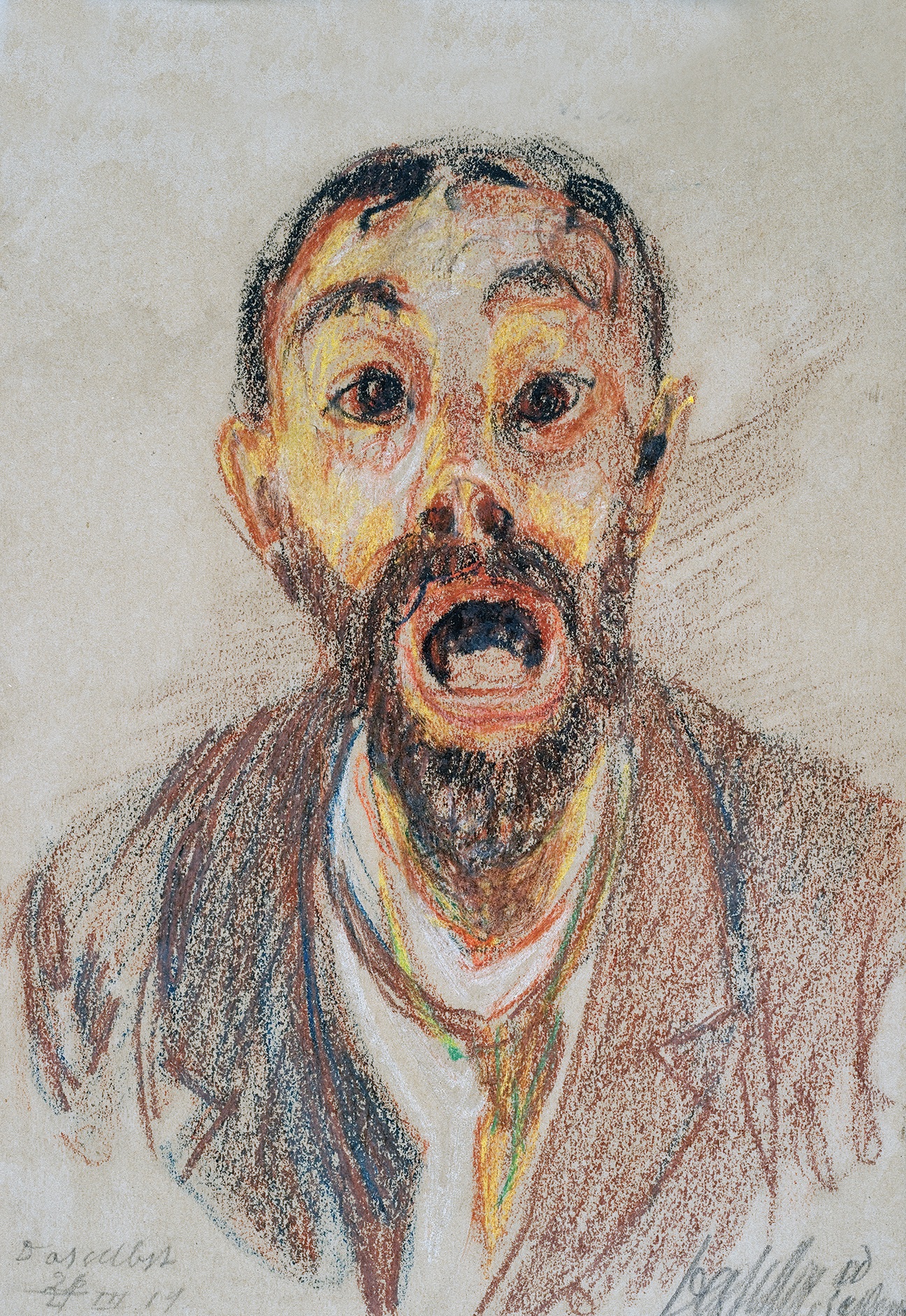Charlie English’s new book explains why some of Hitler’s so-called “degenerate” artists were also among the first victims of the Nazi gas chambers.
THE GALLERY OF MIRACLES AND MADNESS
Insanity, Modernism, and Hitler’s War on Art
By Charlie English. 336 pp. Random House, 2021. $28.
In the aftermath of World War I, the world seemed to have gone mad. Little wonder that this was when Freud’s psychoanalysis was all the rage or that artists were quick to reflect the zeitgeist. “The schizophrenic postwar age required a schizophrenic postwar art,” British author Charlie English writes. “Madness had never been so much in vogue.” It was equally in vogue in the political arena, where a failed artist by the name of Adolf Hitler was on the rise.
English, a former journalist with London’s The Guardian, weaves the themes of “mad art” and “mad politics” together in his highly engaging new book, The Gallery of Miracles and Madness. As he convincingly demonstrates, Hitler’s resolve to eliminate “degenerate art” was intimately linked with his resolve to eliminate “life unworthy of life”—first of all, those who were deemed mentally or physically unfit, including many of the so-called degenerate artists themselves.
English focuses much of his story on Hans Prinzhorn, a German physician with a PhD in art history who began working for the Heidelberg Psychiatric Clinic in 1919. According to Prinzhorn’s own description, he was an “unstable psychopath with hysterical traits.” Perhaps because he saw himself in such terms, Prinzhorn became obsessed with collecting the remarkable art produced by some of the mentally ill patients in Heidelberg, and he soon cast a wider net to encompass the output of the gifted in other asylums throughout Germany. In 1922, his collection was published in a now-seminal volume, Artistry of the Mentally Ill. This “monumental achievement,” as English describes it, quickly won the admiration of avant-garde artists such as Paul Klee and Salvador Dali.



Once Hitler took power in 1933, he declared war on “the last elements of our cultural decomposition”—all the modern art attributed to Jews, Bolsheviks, and the “insane.” Soon, Propaganda Minister Joseph Goebbels organized huge exhibitions of “degenerate art,” including parts of Prinzhorn’s collection. They drew millions of visitors, many of whom presumably came to admire the art they were supposed to vilify.
After briefly flirting with Nazism, Prinzhorn died of typhus in June 1933 at the age of 47. For that reason, he never learned that some of his star artists, along with their fellow patients in the country’s asylums, perished in the first improvised gas chambers. The methods used in the war against those categorized as mentally or physically “defective” would soon be applied to Jews in the Holocaust. This meant that even more grandiose insanity was yet to come. ✯
—Andrew Nagorski is the author of 1941: The Year Germany Lost the War (2019).
This post contains affiliate links. If you buy something through our site, we might earn a commission.





